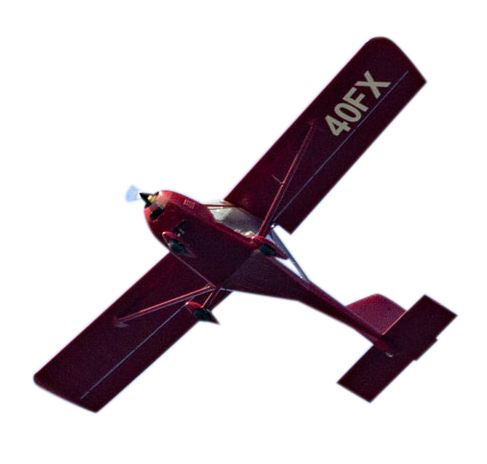 Impacts of infringement
Impacts of infringement
There is either an infringement or not, there is no such thing as ‘just clipping the corner’ or ‘just drifting up a few hundred feet into controlled airspace”; every airspace infringement has the potential to result in the erosion of safety barriers causing an increased risk of mid-air collision with another aircraft operating within the vicinity . In the case of controlled airspace this is likely to be commercial aircraft, possibly more than one.
In an ATZ, where many of the safety barriers that exist in controlled airspace are absent, an infringement could be at a time when you are trying to operate your aircraft during a critical stage of flight such as departure or making an approach where workload is highest. Distraction can have significant consequences such as loss of control at slower speed or the omission of essential cockpit checks. Inside a Restricted Area (Temporary) (RA(T)) individual aircraft or formations may be engaged in flying displays and/or flying at high speeds. Distractions or avoiding manoeuvres here can have fatal consequences resulting in mid-air collisions or loss of control whilst pilots execute avoidance manoeuvres. In 2018, 2 airproxes resulted from infringements of air display RA(T)s.
Every year there are multiple occasions when pilots infringe Danger Areas (DA) during LIVE firing of ordnance. Although firing is suspended to ensure the safety of the infringing aircraft and its occupants, that process can take time. Being hit by ordnance such as mortars, flares, rockets and missiles will have catastrophic consequences to any aircraft. In some DA, there is a risk of mid-air collision with manoeuvring high-performance aircraft whose pilots are focussed on ordnance delivery in what they understand to be segregated airspace. In the UK, with so many airports and a relatively small volume of associated airspace, the integration of arrival and departure patterns from multiple airports make our airspace some of the busiest and complex airspace in the world. Once an aircraft infringes the airspace, to achieve the required separation criteria, air traffic controllers may need to implement safety intervention measures or react to avoidance manoeuvres carried out by pilots. Tools available to air traffic controllers include:
- Issuing avoiding action;
- Radar vectors or use of speed control to delay aircraft;
- Suspension of arrivals; or
- Suspension of departures.
Not only does this increase workload and pressure on the air traffic controllers trying to resolve the situation in an already complex environment but it also increases the already high cockpit/flight deck workload. Distractions emerge to the flight crews through possible response to an Airborne Collision Avoidance System (ACAS) alert or the reconfiguration of the aircraft during an approach which is terminated during stages of flight where workload is already high. In addition, these measures also increase fuel burn which has a negative impact on the environment; the inevitable delays in the arrival and departure sequence can also affect airport capacity.
View the radar replay of a light aircraft infringing the Heathrow CTR.

